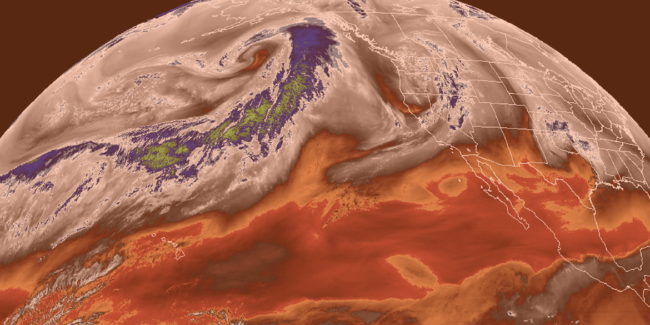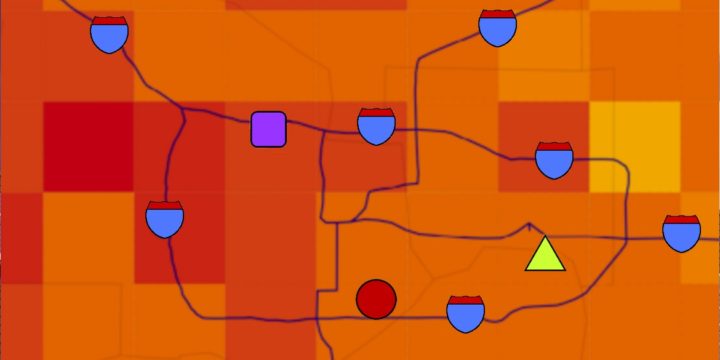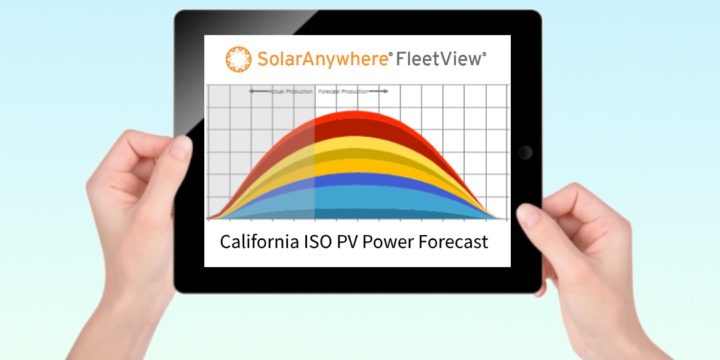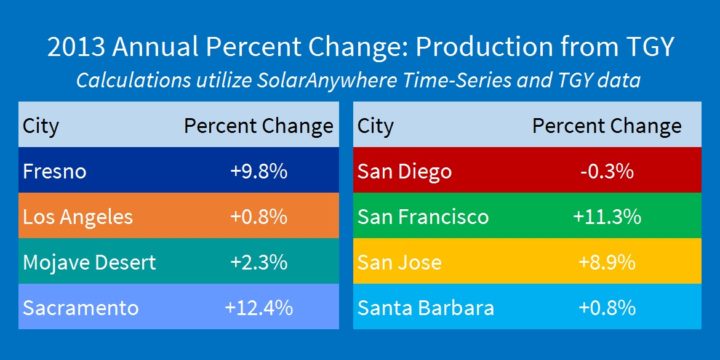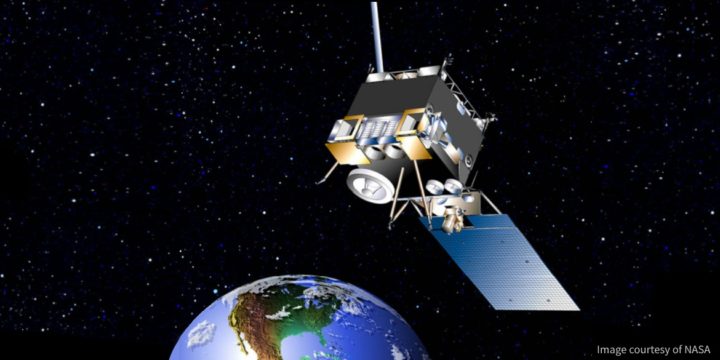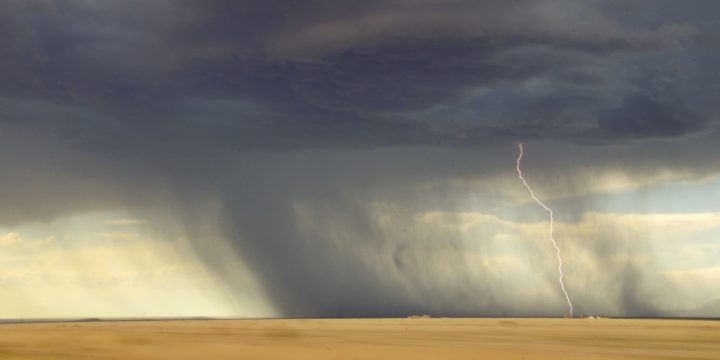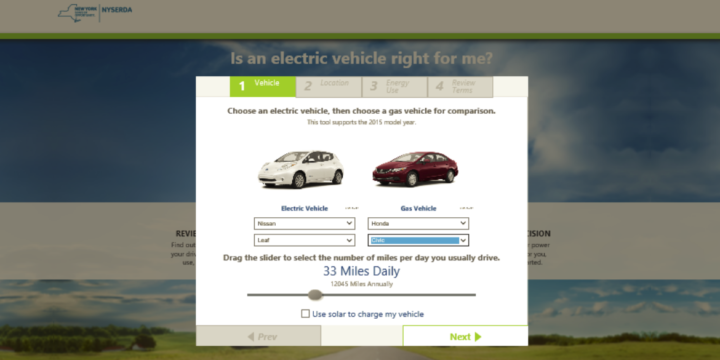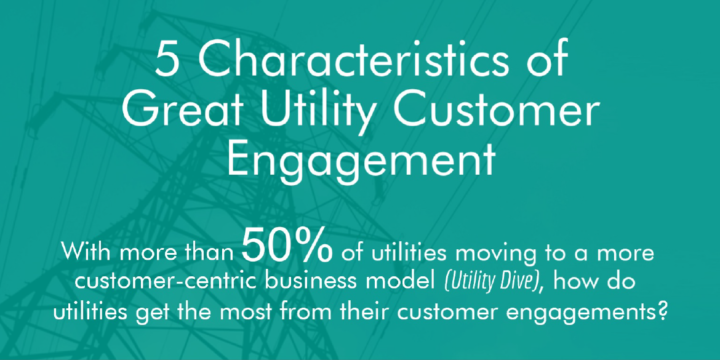No Results Found
The page you requested could not be found. Try refining your search, or use the navigation above to locate the post.
No Results Found
The page you requested could not be found. Try refining your search, or use the navigation above to locate the post.
Working from home? PowerClerk delivers for utilities and their customers
This post explains how to extract maximum value from PowerClerk® in “work from home” situations and outlines a new offer for utilities and energy agencies to use PowerClerk at no cost on COVID-19-related programs. Working from home with no compromises With the broad...
Less coal, sunnier skies increasing solar project value
In many regions around the world, the skies are getting cleaner thanks to controls on air pollution designed to benefit public health. The Eastern U.S. and Europe have seen dramatic improvements in air quality since the 1980s. Coal plant retirements and stricter...
Clean Power Research and EPRI win NYSERDA clean-energy challenge
We’re pleased to announce that Clean Power Research and Electric Power Research Institute (EPRI) have been selected as winners of the New York State Energy Research and Development Authority’s (NYSERDA’s) “Future Grid Challenge.” The project will demonstrate...
Leveraging GOES-17 for more accurate solar data
In February 2018, we blogged about the future of solar forecasting with the new NOAA/NASA GOES-16 satellite. The launch of the GOES-17 satellite held similar promise, but bringing it online ended up being problematic for NOAA/NASA—and provided a few wrinkles for those...
SolarAnywhere® 2019 weather report: Midwest solar energy resource downturn continues for second year
In July 2019 we posted an article about unprecedented weather affecting the solar energy resource across much of the U.S. during 2018 and the first half of 2019. In that article, we anticipated a rebound during the second half of 2019. So now that 2019 is over, where...
A long history of data is key to solar project bankability
While the average power purchase agreement (PPA) price falls to keep solar competitive, the amount of global solar capacity developed in the past two-years has increased at a rate of roughly 30% year-over-year. This means that project developers are being forced to...
SolarAnywhere now-casts to support EDD-led U.S. DOE project to improve grid resiliency with interconnected DERs
Clean Power Research was selected to participate in a U.S. Department of Energy (DOE) research and development (R&D) project focused on increasing behind-the-meter solar situational awareness and grid resiliency. SolarAnywhere® historical, now-cast and forecast...
Empowering customers with backup power protection during outages
Reliability is a core mission of electric utilities. Utilities are typically so effective at providing reliable service that customers are accustomed to having power available whenever they want it. As might be expected, when power is unavailable, customers become...
All top 10 U.S. utilities trust Clean Power Research
At Clean Power Research, we think of ourselves as a modestly sized company doing big work. We are a passionate team of engineers, scientists and customer-obsessed service professionals focused on delivering world-class software solutions to utilities and the solar...
No Results Found
The page you requested could not be found. Try refining your search, or use the navigation above to locate the post.
No Results Found
The page you requested could not be found. Try refining your search, or use the navigation above to locate the post.
Planning for solar part 1: Solar fleet modeling
With the proliferation of grid-connected solar—whether from a few large, utility-scale systems, or from thousands of small, behind-the-meter systems—utilities are grappling with integration of these distributed, variable power generation resources. Over the next three...
When it comes to understanding solar resource risk, not all datasets are created equal
When it comes to ensuring that solar investments live up to power-production expectations, one important element is understanding the uncertainty of the solar resource. The lower the uncertainty of the background solar resource, the higher the likelihood a solar...
Intersolar North America 2014: The year of O&M and bankability
I often hear complaints that solar tradeshows aren’t offering much that is new and exciting—but I beg to differ. Every year I see trends emerging—trends that are often overlooked until months after the show. Intersolar North America was no exception. This year I was...
CSI RD&D project results: Forecasting behind-the-meter PV for the California ISO
In a recent NREL report, interviews of 13 operating entities in the Western Interconnection found that “Variable generation (VG) forecasting is widely considered to be a key means of integrating wind and solar power efficiently and reliably as these resources become...
Just how great was the solar resource in 2013 in California? Record setting!
2013 marked the driest year on record in most regions of California. While this weather pattern led to many brown lawns and thirsty reservoirs, clear skies allowed many locations to experience well above-average PV energy generation potential. To better understand...
The solar value proposition part 2: Charting a new path using data and analytics
In Part 1 in our series on the solar value proposition, we looked at a new approach to valuing PV. With this new approach, there is a need to quantify deferred and avoided generation, as well as transmission and distribution capacity increases through peak-load...
Solar forecasts generated from satellite images help balance power grid
What do NASA and NOAA’s Geostationary Operational Environmental Satellites (GOES) have to do with balancing the power grid? Plenty, it turns out, for areas with a high penetration of solar energy production. Read about the link in NASA’s Energy Innovations blog...
Impact of the North American Monsoon on solar variability
Solar energy output is predominantly affected by seasonal solar variations and weather. The angle of the sun to the solar panel changes with the time of day and seasonal variations, changing the available solar resource in predictable ways. Weather also affects the...
2014 solar trends episode 3: Solar Financing – A New Hope
Financing has been with solar since its earliest days. Before the lease and the power purchase agreement (PPA), residential solar customers would often purchase systems with cash. Cash payments are a form of financing, as the customer is choosing to purchase a solar...
No Results Found
The page you requested could not be found. Try refining your search, or use the navigation above to locate the post.
No Results Found
The page you requested could not be found. Try refining your search, or use the navigation above to locate the post.
With electric vehicles and solar, the ‘whole is greater than the sum of its parts’
Is it possible to save more money by combining an electric vehicle (EV) with a home solar PV system rather than considering each individually? Often the answer is yes, and the additional savings can be substantial. To help energy consumers answer that question,...
U.S Department of Energy SunShot Initiative Award Helping Commercial Buildings Get the Most from their Solar Investments
The U.S. Department of Energy SunShot Initiative has awarded funding to EdgePower and Clean Power Research to develop technology that will help commercial buildings maximize the financial return of their solar PV investments. By integrating solar forecast technology...
Solar Power International 2015: Solar in Disneyland
Disneyland provided the backdrop for the Solar Power International (SPI) conference in Anaheim this year. As the biggest solar-focused conference in the U.S., exhibiting at SPI provides a great opportunity to find out firsthand what is on the mind of the industry—that...
Tapping the win-win-win of rate reform
Utilities nationwide are adding variety to residential electric rate plans and reconsidering how to value rooftop solar. Rate changes being considered include demand charges and net metering “2.0” policies that provide customers less than full retail credit. These...
Hot topics at Intersolar NA 2015: ITC, solar + storage and snow!
San Francisco once again played host to the Intersolar North America conference in July. For industry veterans, this year’s event was familiar: crowded registration lines, bumping into old friends and a busy exhibition floor. On the other hand, this year’s hot...
Five to thrive: Key characteristics of great utility customer engagement
"The utilities that succeed in educating their residential customers may be [the best positioned not only] to survive, but [also to] thrive in the new customer-centric electricity landscape that is now taking shape." – 2015 Utility Residential Customer Education...
Lessons from SEPA’s Utility Solar Conference Part 2: Stop worrying about rooftop solar (start focusing on opportunities)
For all the talk of utility death spirals, a single graph from GTM Research’s Shayle Kann, presented at the recent Solar Electric Power Association’s (SEPA) annual Utility Solar Conference (USC), should give U.S. utilities significant comfort that residential solar...
Lessons from SEPA’s Utility Solar Conference Part 1: Get electric rates right to fill the belly of the duck
The Solar Electric Power Association’s (SEPA) annual Utility Solar Conference (USC) is the premier utility solar conference in the United States, and the in-depth discussions between utility and industry leaders can be counted on to portend where solar is heading. At...
UVIG technical achievement award presented to Tom Hoff
Last week, the Utility Variable-Generation Integration Group (UVIG) recognized Tom Hoff, Clean Power Research founder and president of Research and Consulting, with an award for his ongoing contributions to solar forecasting. The ability to forecast the output of tens...



